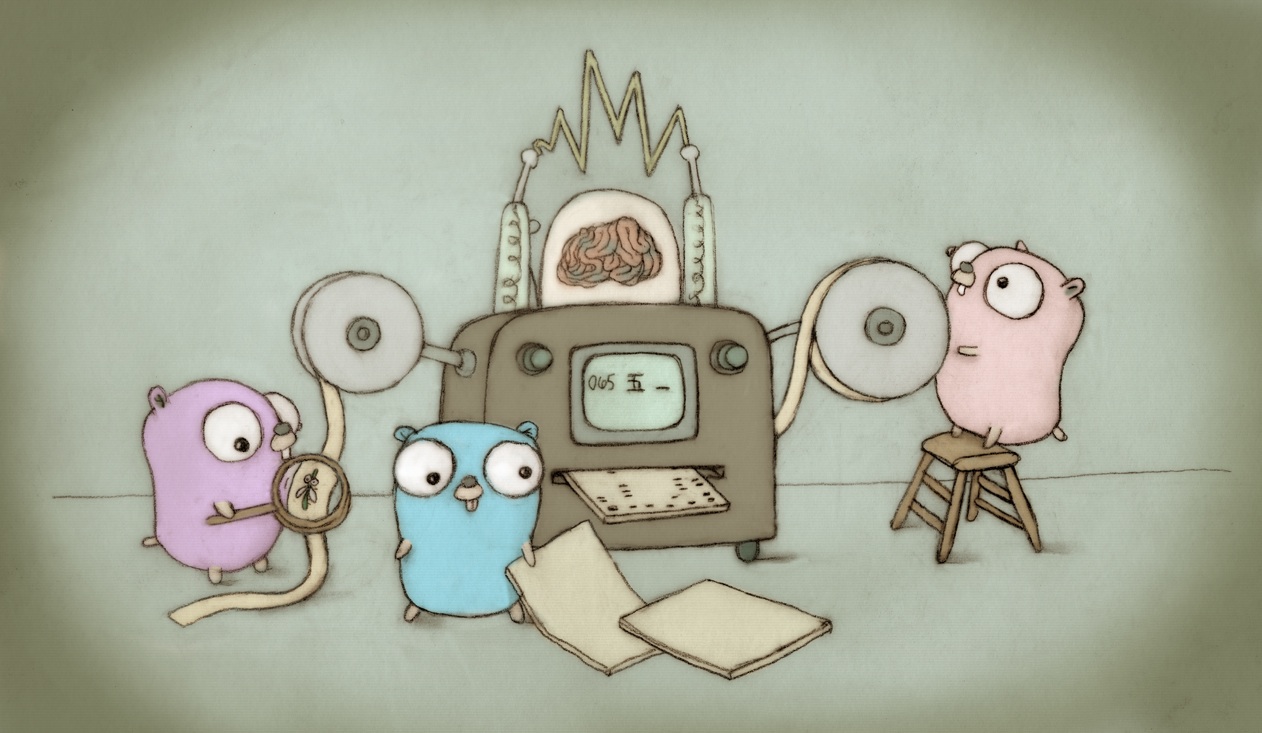The compiler may choose to inline multiple layers of function call, such that A calling B calling C may end up with all of the instructions for B and C written as part of A's function body. Within that function body, some PCs will represent code from function A. Some will represent code from function B, and for each of those the runtime will have an instruction attributable to A that it can report as its caller. Others will represent code from function C, and for each of those the runtime will have an instruction attributable to B and an instruction attributable to A that it can report as callers. When a profiling signal arrives at an instruction in B (as inlined in A) that the runtime also uses to describe calls to C, the profileBuilder ends up with an incorrect cache of allFrames results. That PC should lead to a location record in the profile that represents the frames B<-A, but the allFrames cache's view should expand the PC only to the B frame. Otherwise, when a profiling signal arrives at an instruction in C (as inlined in B in A), the PC stack C,B,A can get expanded to the frames C,B<-A,A as follows: The inlining deck starts empty. The first tryAdd call proposes PC C and frames C, which the deck accepts. The second tryAdd call proposes PC B and, due to the incorrect caching, frames B,A. (A fresh call to allFrames with PC B would return the frame list B.) The deck accepts that PC and frames. The third tryAdd call proposes PC A and frames A. The deck rejects those because a call from A to A cannot possibly have been inlined. This results in a new location record in the profile representing the frames C<-B<-A (good), as called by A (bad). The bug is the cached expansion of PC B to frames B<-A. That mapping is only appropriate for the resulting protobuf-format profile. The cache needs to reflect the results of a call to allFrames, which expands the PC B to the single frame B. For #50996 For #52693 Fixes #52764 Change-Id: I36d080f3c8a05650cdc13ced262189c33b0083b0 Reviewed-on: https://go-review.googlesource.com/c/go/+/404995 Reviewed-by: Bryan Mills <bcmills@google.com> TryBot-Result: Gopher Robot <gobot@golang.org> Run-TryBot: Rhys Hiltner <rhys@justin.tv> Reviewed-by: Cherry Mui <cherryyz@google.com> |
||
|---|---|---|
| .github | ||
| api | ||
| doc | ||
| lib/time | ||
| misc | ||
| src | ||
| test | ||
| .gitattributes | ||
| .gitignore | ||
| AUTHORS | ||
| codereview.cfg | ||
| CONTRIBUTING.md | ||
| CONTRIBUTORS | ||
| LICENSE | ||
| PATENTS | ||
| README.md | ||
| SECURITY.md | ||
The Go Programming Language
Go is an open source programming language that makes it easy to build simple, reliable, and efficient software.
 Gopher image by Renee French, licensed under Creative Commons 3.0 Attributions license.
Gopher image by Renee French, licensed under Creative Commons 3.0 Attributions license.
Our canonical Git repository is located at https://go.googlesource.com/go. There is a mirror of the repository at https://github.com/golang/go.
Unless otherwise noted, the Go source files are distributed under the BSD-style license found in the LICENSE file.
Download and Install
Binary Distributions
Official binary distributions are available at https://go.dev/dl/.
After downloading a binary release, visit https://go.dev/doc/install for installation instructions.
Install From Source
If a binary distribution is not available for your combination of operating system and architecture, visit https://go.dev/doc/install/source for source installation instructions.
Contributing
Go is the work of thousands of contributors. We appreciate your help!
To contribute, please read the contribution guidelines at https://go.dev/doc/contribute.
Note that the Go project uses the issue tracker for bug reports and proposals only. See https://go.dev/wiki/Questions for a list of places to ask questions about the Go language.